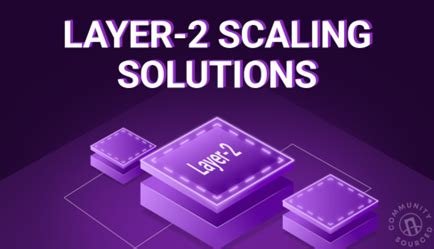Currency risk, ledger, layer 2 scaling
“Navigating Crypto Landscape: Understanding Exchange Rate Risk, Ledger Technology, and Layer 2 Scalability”
The cryptocurrency market has experienced rapid growth over the past few years, with new assets and platforms emerging daily. However, as with any asset class, it’s essential to understand the risks involved in investing in cryptocurrencies. One of the primary concerns is exchange rate risk, which refers to the potential loss of capital due to changes in the value of a cryptocurrency against the US dollar.
Exchange Rate Risk: A Growing Concern
Exchange rate risk arises when investors buy or sell currencies at unfavorable rates, resulting in losses if the rate fluctuates negatively. In the case of cryptocurrencies, exchange rate risk is particularly pronounced due to their volatile nature and limited market liquidity. When a cryptocurrency’s value decreases, it can lead to significant losses for investors holding positions in other assets that are pegged to its value.
For example, if a user purchases 1 Bitcoin at $10,000 and then sells it at $7,000, they have made a loss of $3,000 due to the exchange rate. Similarly, if a cryptocurrency’s value drops by 20%, investors may experience significant losses if they hold positions in other assets that are not adequately hedged.
Ledger Technology: A Crucial Component
To mitigate exchange rate risk and protect investments, cryptocurrencies have adopted ledger technology, which enables secure and transparent transactions across various networks. Ledger systems store digital assets in a decentralized manner, ensuring that ownership and control are transferred from the sender to the receiver without the need for intermediaries.
Blockchain-based ledgers offer several benefits, including:
- Immutable records: Transactions are recorded on a public ledger, making it difficult to alter or delete them.
- Tamper-proof transactions

: All transactions are encrypted and linked together in a chain of blocks, ensuring that each transaction is verified by multiple nodes on the network.
- Security: Ledger systems use advanced cryptographic algorithms to secure transactions and protect against unauthorized access.
Layer 2 Scaling: A Game-Changer for Cryptocurrencies
To address the limitations of traditional blockchain networks, developers have been exploring layer 2 (L2) scaling solutions that can improve transaction speeds and reduce costs without compromising security. L2 scaling involves offloading some of the computational load from the main chain to faster, more specialized nodes known as “governors.”
This approach has several benefits:
- Faster transaction times: By offloading transactions to governors, blockchain networks can process more transactions per second, reducing congestion and increasing overall network performance.
- Lower costs: L2 scaling can reduce the computational requirements of blockchains, resulting in lower fees for users.
- Improved scalability: Layer 2 solutions enable developers to build faster, more scalable applications that can handle a higher volume of transactions.
Examples of successful L2 scaling solutions include:
- Optimism
(Ethereum): A layer 2 scaling solution that uses off-chain transactions and governor-based processing to improve Ethereum’s scalability.
- Cosmos (Cosmos Network): A decentralized network that enables the creation of scalable, interoperable blockchains using a combination of on-chain and off-chain transactions.
In conclusion, understanding exchange rate risk is crucial for investors in cryptocurrencies, as well as grasping the benefits of ledger technology and layer 2 scaling solutions. By leveraging these technologies, developers can create more efficient, scalable, and secure blockchain networks that cater to the evolving needs of users worldwide.

